We say goodbye sadly, but fondly, to the Emerald Isle.
This is the fifth and final part of our Ireland travel journal. We recommend reading the posts in order, so…
Part 1 can be found here.
Part 2 can be found here.
Part 3 can be found here.
Part 4 can be found here.
To this point we’ve provided four posts of pictures capturing the more impressive sights we observed on the trip—including the gas stations and convenience stores we encountered along the way—but they represent a fraction of the images at our disposal. Some pictures simply didn’t fit into a previous narrative, so this week we’re presenting the “best of the rest,” each photo accompanied by a short description to provide a little background. The numbering doesn’t indicate any kind of ranking, but it does follow the route we presented in Part 1, from west to north to east.
Okay, here we go:
1. The Cliffs of Moher
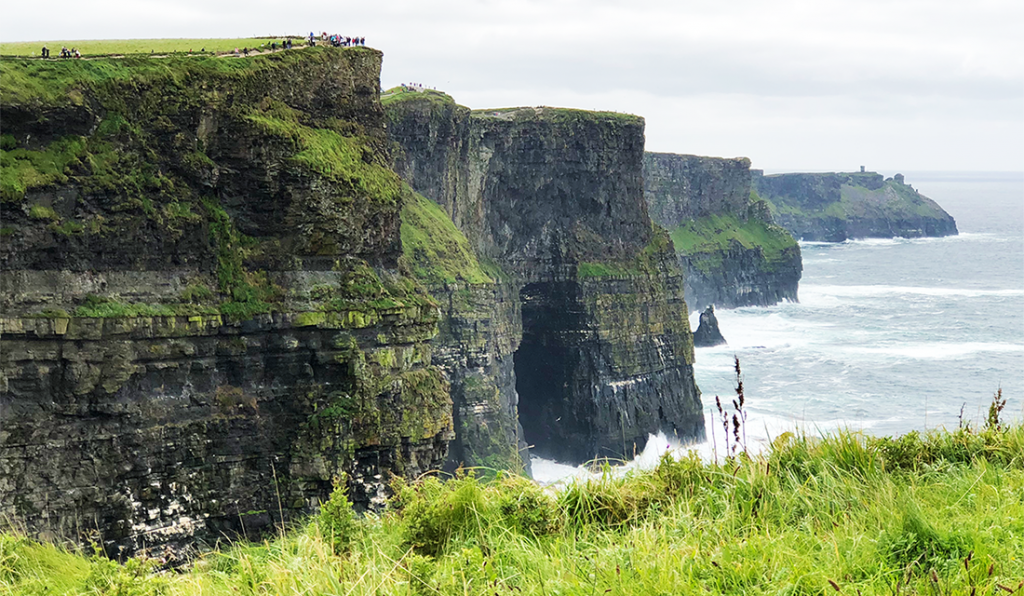 Just a few hours’ drive from the town of Ennis, which we covered comprehensively in Part 2, the Cliffs of Moher were the first featured attraction of the tour. It’s hard to convey the vastness of the vista presented here—steep cliffs on the eastern edge of the Atlantic Ocean go on forever and make it seem like you’re at World’s End. Possessing a primitive beauty that reflects the majesty of nature paired with an isolation that can feel otherworldly, the Cliffs of Moher distill the characteristics that make the Wild Atlantic Way so unique. (To get an idea of the cliffs’ massive dimensions, note the tiny people walking on the crest.) Insider’s Insight: Of all the places we traveled, we liked this gift shop the best. Plus it’s carved out of one of the cliffs!
Just a few hours’ drive from the town of Ennis, which we covered comprehensively in Part 2, the Cliffs of Moher were the first featured attraction of the tour. It’s hard to convey the vastness of the vista presented here—steep cliffs on the eastern edge of the Atlantic Ocean go on forever and make it seem like you’re at World’s End. Possessing a primitive beauty that reflects the majesty of nature paired with an isolation that can feel otherworldly, the Cliffs of Moher distill the characteristics that make the Wild Atlantic Way so unique. (To get an idea of the cliffs’ massive dimensions, note the tiny people walking on the crest.) Insider’s Insight: Of all the places we traveled, we liked this gift shop the best. Plus it’s carved out of one of the cliffs!
2. Galway
 Galway is a kind of beach vacation town for the Irish, a prime destination for inhabitants of the island even though it’s perched on Ireland’s somewhat damp and gray west coast.
Galway is a kind of beach vacation town for the Irish, a prime destination for inhabitants of the island even though it’s perched on Ireland’s somewhat damp and gray west coast.
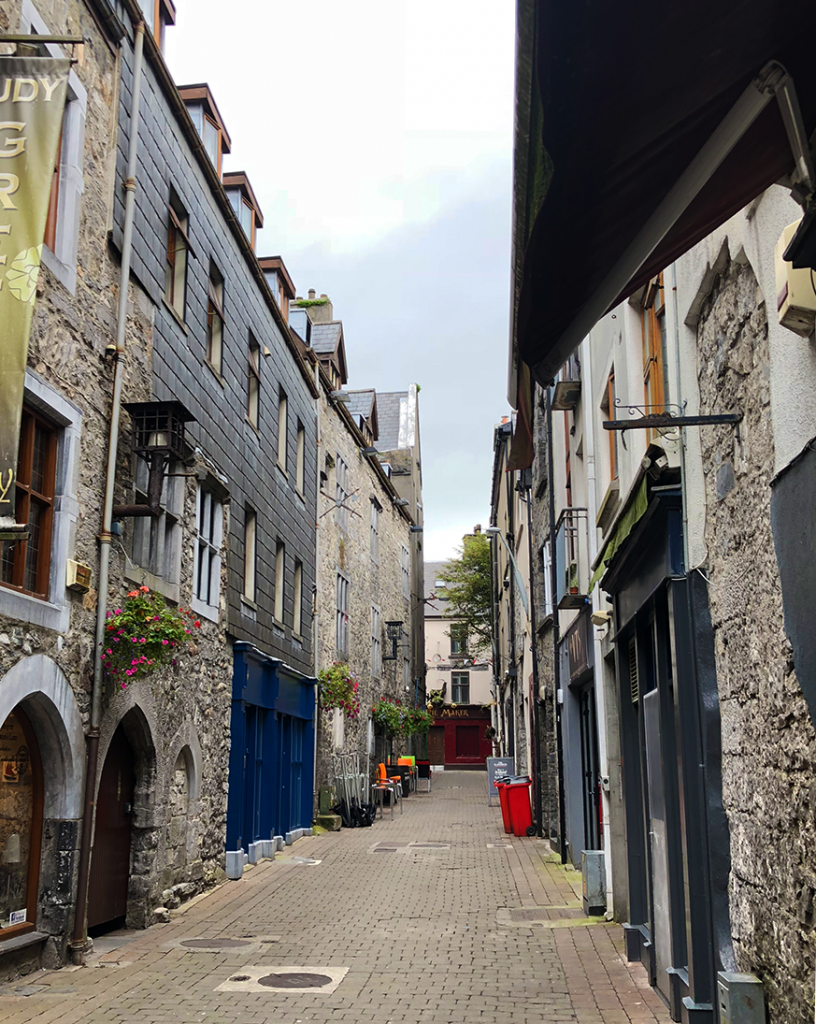 We were only there for a couple of hours, so we didn’t get to see much beyond the core of downtown—which is kind of like going to San Francisco and only walking around Pier 39—but that didn’t make our time there any less enjoyable. In Galway you can see 14th Century, 19th Century, and modern architecture, sometimes in the same narrow alley. (We’ve included a picture to show you.)
We were only there for a couple of hours, so we didn’t get to see much beyond the core of downtown—which is kind of like going to San Francisco and only walking around Pier 39—but that didn’t make our time there any less enjoyable. In Galway you can see 14th Century, 19th Century, and modern architecture, sometimes in the same narrow alley. (We’ve included a picture to show you.)
Crammed with a density of colorful retailers (wool clothing stores abound!), shops, and eating establishments (the Irish love ice cream!), Galway proved to be one of our favorites, despite our brief visit. Insiders Insight: We had the best fish and chips ever at a place called McDonagh’s, an unassuming place (part of its appeal) that offers about a dozen different varieties of fish for your order.
3. Westport
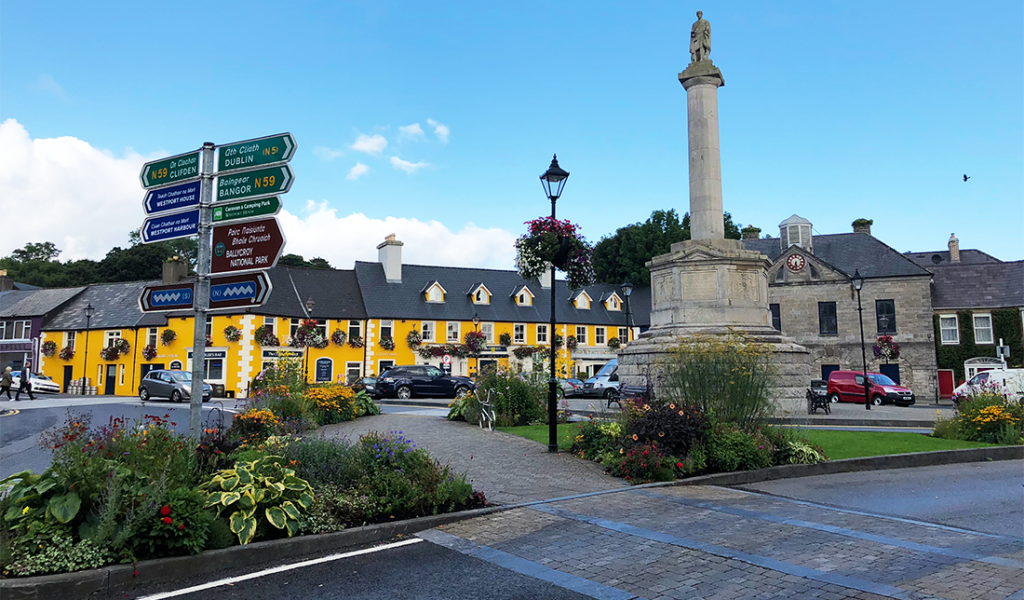 We’ve talked about Westport in previous posts, another Wild Atlantic Way town with enough charm for five others (and a mother lode for traditional Irish music). The town square is marked by an octagon monument that rises from its center. A statue of the local vicar’s son originally topped it, but his head was shot off during the Irish Civil War of 1923 and he’s since been replaced by a likeness of St. Patrick. The signpost in the foreground indicates Westport is the start for many a journey (check out the lowermost arrows for a glimpse of the official Wild Atlantic Way logo). The yellow building in back lends some nice color to the downtown scene. Insider’s Insight: Matt Molloy, flute player for the popular Irish band, the Chieftains, owns a pub called—wouldn’t you know it—Matt Molloy’s.
We’ve talked about Westport in previous posts, another Wild Atlantic Way town with enough charm for five others (and a mother lode for traditional Irish music). The town square is marked by an octagon monument that rises from its center. A statue of the local vicar’s son originally topped it, but his head was shot off during the Irish Civil War of 1923 and he’s since been replaced by a likeness of St. Patrick. The signpost in the foreground indicates Westport is the start for many a journey (check out the lowermost arrows for a glimpse of the official Wild Atlantic Way logo). The yellow building in back lends some nice color to the downtown scene. Insider’s Insight: Matt Molloy, flute player for the popular Irish band, the Chieftains, owns a pub called—wouldn’t you know it—Matt Molloy’s.
4. Achill Island
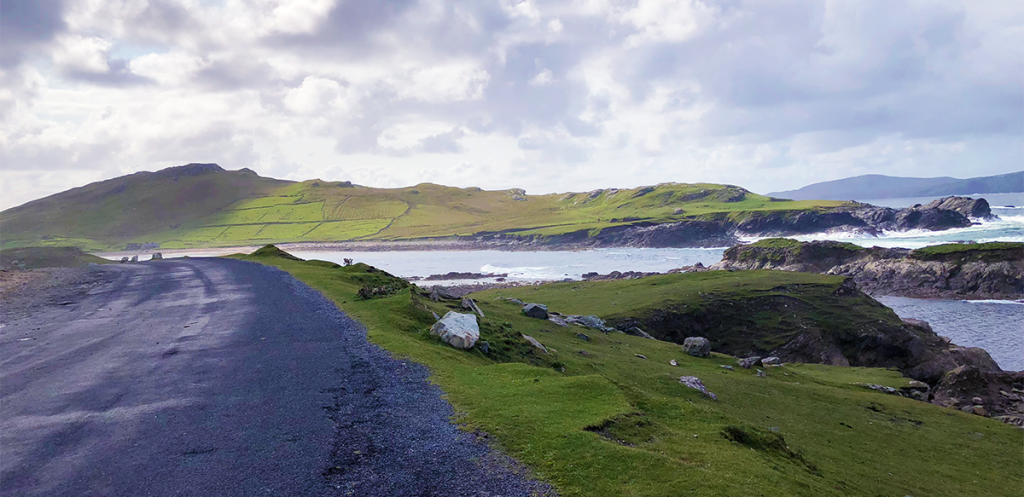 Remember the Deserted Village from Part 3? It was on Achill Island, again on the west coast and again about as remote as you can imagine, at least when it comes to Atlantic coastline. We thought we’d share one of the many picturesque landscapes we ran into on our circuit around the island; it was too beautiful not to share. Insider’s Insight: The island is home to as basic (and lonely!) an RV park as we’ve ever seen. Definitely a place for getting away from it all, if you want to bring over your RV from the States!
Remember the Deserted Village from Part 3? It was on Achill Island, again on the west coast and again about as remote as you can imagine, at least when it comes to Atlantic coastline. We thought we’d share one of the many picturesque landscapes we ran into on our circuit around the island; it was too beautiful not to share. Insider’s Insight: The island is home to as basic (and lonely!) an RV park as we’ve ever seen. Definitely a place for getting away from it all, if you want to bring over your RV from the States!
5. Glenveagh Castle and Park
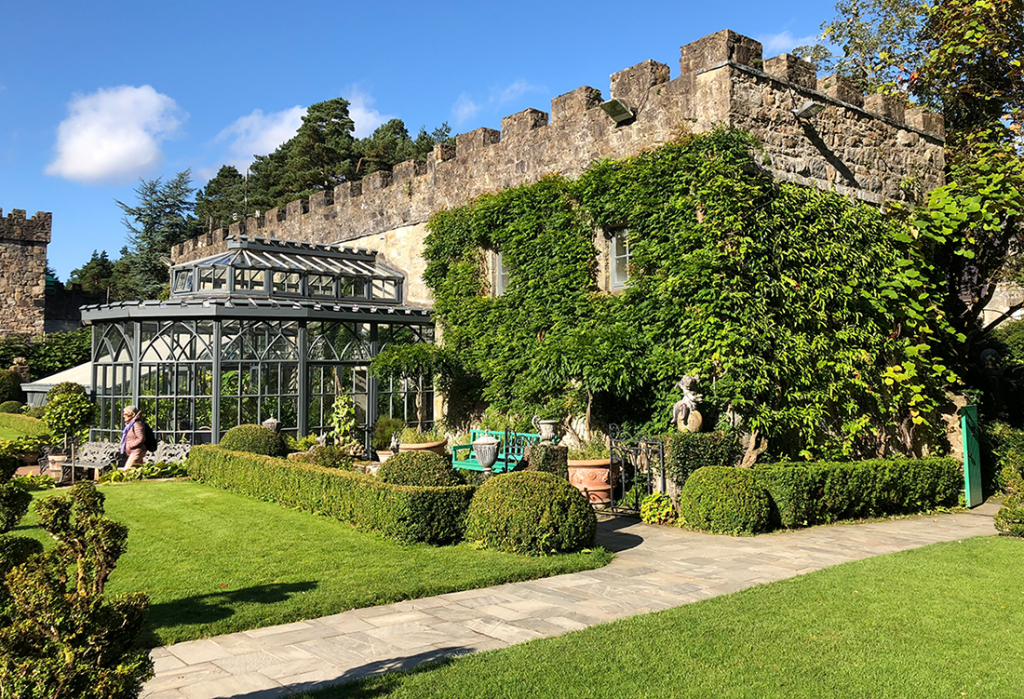 Ireland is home to castles of all types, but of all those we saw, Glenveagh and its surrounding gardens was our favorite. It’s kind of like Hearst Castle, if Hearst would have had 28,000 acres of peat bogs and hills upon which to craft a hunting compound for the rich and famous nestled in the Derryveagh Mountains. The project was developed from 1870–73 by Captain John George Adair, who made a ton of money speculating on American real estate. His goal was to create a castle estate that rivaled any in the British Isles, and like Hearst he brought in furnishings and art from the four corners of the world. Perhaps most impressively he created a profuse environment of trees, lawns, and ornamental horticulture out of the rather forbidding terrain. The photo we’ve selected shows the back of the castle, which features a greenhouse for tropical plants and gives an indication of the surrounding lushness. Insider’s Insight: Greta Garbo was a frequent visitor here.
Ireland is home to castles of all types, but of all those we saw, Glenveagh and its surrounding gardens was our favorite. It’s kind of like Hearst Castle, if Hearst would have had 28,000 acres of peat bogs and hills upon which to craft a hunting compound for the rich and famous nestled in the Derryveagh Mountains. The project was developed from 1870–73 by Captain John George Adair, who made a ton of money speculating on American real estate. His goal was to create a castle estate that rivaled any in the British Isles, and like Hearst he brought in furnishings and art from the four corners of the world. Perhaps most impressively he created a profuse environment of trees, lawns, and ornamental horticulture out of the rather forbidding terrain. The photo we’ve selected shows the back of the castle, which features a greenhouse for tropical plants and gives an indication of the surrounding lushness. Insider’s Insight: Greta Garbo was a frequent visitor here.
6. (London)Derry
 We spent ten days on the island of Ireland, but just barely two in the country of Northern Ireland. The walled city of Derry, officially Londonderry, is the second largest city in Northern Ireland and the only completely intact walled city in Ireland. It’s also one of Ireland’s oldest continuously inhabited places—we’re talking 6th Century here—and it appeared to be one of the most interesting. We say “appeared,” because we only spent a couple of hours there on a walking tour that included a 20 minute wait for a take away deli sandwich.
We spent ten days on the island of Ireland, but just barely two in the country of Northern Ireland. The walled city of Derry, officially Londonderry, is the second largest city in Northern Ireland and the only completely intact walled city in Ireland. It’s also one of Ireland’s oldest continuously inhabited places—we’re talking 6th Century here—and it appeared to be one of the most interesting. We say “appeared,” because we only spent a couple of hours there on a walking tour that included a 20 minute wait for a take away deli sandwich.
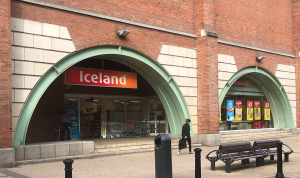 We felt we never got in position to take a worthwhile picture of the wall, but we managed to hop off the bus and take a quick shot of Derry’s splendid city hall, shown above. Insider’s Insight: We saw a grocery store named Iceland, a brand that does not immediately called to mind groceries. Retailers take note!
We felt we never got in position to take a worthwhile picture of the wall, but we managed to hop off the bus and take a quick shot of Derry’s splendid city hall, shown above. Insider’s Insight: We saw a grocery store named Iceland, a brand that does not immediately called to mind groceries. Retailers take note!
7. Giant’s Causeway
 It’s hard to describe Giant’s Causeway, which is to the far north of the island. “Unique rock formations caused by volcanic activity” doesn’t quite do it justice. The picture that leads off this section is limited in what it can convey, but we’ll try this: 40,000 basalt columns. The place has its own mythology, too: Irish giant Finn McCool (great name!) built the causeway so that he could reach and fight Scottish giant Benandonner who had challenged him. Insider’s Insight: It was weird, but cool, sitting eating our deli sandwich (see #6) out on the rocks, gazing at the water imagining we saw the shoreline of Scotland in the distance.
It’s hard to describe Giant’s Causeway, which is to the far north of the island. “Unique rock formations caused by volcanic activity” doesn’t quite do it justice. The picture that leads off this section is limited in what it can convey, but we’ll try this: 40,000 basalt columns. The place has its own mythology, too: Irish giant Finn McCool (great name!) built the causeway so that he could reach and fight Scottish giant Benandonner who had challenged him. Insider’s Insight: It was weird, but cool, sitting eating our deli sandwich (see #6) out on the rocks, gazing at the water imagining we saw the shoreline of Scotland in the distance.
8. Belfast
Belfast is another place in which we spent too little time. The capital city has been a historical flashpoint for Ireland’s long-standing conflicts, now greatly diminished, between the U.K.’s Northern Ireland and the Republic of Ireland. Passions still run strong under the surface, and nowhere is this more apparent than in the capital of Belfast, whose walls are full of incredibly well-rendered graffiti that illustrate different aspects of what the Irish call “the Troubles” (make sure you click on the above photo to enlarge it and see some of the detail). Many Catholic and Protestant neighborhoods remain divided by wire and walls and our driver advised us that these places aren’t safe for visitors during the evening. This doesn’t diminish any of the old and new beauty that lies within downtown—the Belfast Opera house pictured in Part 1 is an awesome example—but it was somewhat sobering to ride through the sections of town that weren’t tourist friendly (this second picture in this section we shot out of a bus window in one of these neighborhoods. That’s a grammar school to the right).
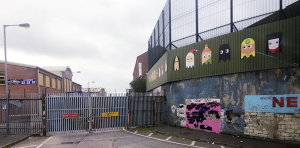 Even taking all of this into consideration, Belfast proved an incredibly interesting town with lots to offer, and we wish we could have gotten out of the bus and walked around more. Insider’s Tip: This is purely anecdotal, and based only on limited observation, but it seems like Northern Ireland is a lot more open than the Irish Republic to fast-food franchises like Kentucky Fried Chicken and McDonald’s, something that was apparent as soon as we crossed the border.
Even taking all of this into consideration, Belfast proved an incredibly interesting town with lots to offer, and we wish we could have gotten out of the bus and walked around more. Insider’s Tip: This is purely anecdotal, and based only on limited observation, but it seems like Northern Ireland is a lot more open than the Irish Republic to fast-food franchises like Kentucky Fried Chicken and McDonald’s, something that was apparent as soon as we crossed the border.
9. Down Cathedral
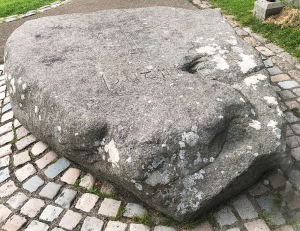 Simply put, this is the cathedral on whose grounds St. Patrick (and maybe St. Brigid and maybe St. Columba) are (allegedly) buried. Located in the ancient town of Downpatrick (Ptolemy makes a reference to the settlement in a document dated from A.D. 130), the site on which the cathedral sits is far older than the cathedral itself. St. Patrick was reported to be buried here in A.D. 461, for example. Some of the remnants of the original church on display inside date from the 8th Century. Insider’s Insight: You will be less than impressed with St. Patrick’s grave stone. But don’t take our word for it, we’ve included it.
Simply put, this is the cathedral on whose grounds St. Patrick (and maybe St. Brigid and maybe St. Columba) are (allegedly) buried. Located in the ancient town of Downpatrick (Ptolemy makes a reference to the settlement in a document dated from A.D. 130), the site on which the cathedral sits is far older than the cathedral itself. St. Patrick was reported to be buried here in A.D. 461, for example. Some of the remnants of the original church on display inside date from the 8th Century. Insider’s Insight: You will be less than impressed with St. Patrick’s grave stone. But don’t take our word for it, we’ve included it.
10. Dublin
 Ireland’s largest city is world-class all the way, but displays far less grime and grit than you might expect in a metropolis. A lot of the city’s personality, at least downtown, derives from the fact that the River Liffey, as shown above, runs right through it to break up any manifestation of urban congestion and lend a feeling of openness you don’t get in a lot of industrial towns.
Ireland’s largest city is world-class all the way, but displays far less grime and grit than you might expect in a metropolis. A lot of the city’s personality, at least downtown, derives from the fact that the River Liffey, as shown above, runs right through it to break up any manifestation of urban congestion and lend a feeling of openness you don’t get in a lot of industrial towns.
Dublin is also home to Trinity College and the Book of Kells. We were there on “Freshers’ Day,” the day all incoming freshman come into university to be recruited for various clubs, so it was a little more hectic than usual. That didn’t diminish any of this 200-year old liberal arts college’s stately veneer, where another slice of history can always be found in the next building over.
 Frankly it would take multiple blog posts to describe everything we saw in Dublin and there are plenty of websites that can satiate your interest in the city. We thought it best to just leave you with one more photo, this one of Grafton Street, a primary shopping destination that can keep you occupied for hours. Insiders Insight: Dublin has mass transportation down to a science. There are route buses, hop on-hop off buses, trains, and shared bike services like this one—all of which look safe and inviting. We took a morning run through downtown Dublin, and the traffic gridlock was, if not eliminated completely, greatly diminished when compared to urban areas in the States.
Frankly it would take multiple blog posts to describe everything we saw in Dublin and there are plenty of websites that can satiate your interest in the city. We thought it best to just leave you with one more photo, this one of Grafton Street, a primary shopping destination that can keep you occupied for hours. Insiders Insight: Dublin has mass transportation down to a science. There are route buses, hop on-hop off buses, trains, and shared bike services like this one—all of which look safe and inviting. We took a morning run through downtown Dublin, and the traffic gridlock was, if not eliminated completely, greatly diminished when compared to urban areas in the States.
 That concludes our extremely condensed five-part tour of Ireland. Though it was a bit light on convenience stores and gas stations, we hope you found it entertaining, nevertheless. Anyway, Halloween is next week, and to help get you in the spirit, we add one last Irish photo. This member of our party may or may not have escaped the clutches of this wicker woman. What do you think?
That concludes our extremely condensed five-part tour of Ireland. Though it was a bit light on convenience stores and gas stations, we hope you found it entertaining, nevertheless. Anyway, Halloween is next week, and to help get you in the spirit, we add one last Irish photo. This member of our party may or may not have escaped the clutches of this wicker woman. What do you think?






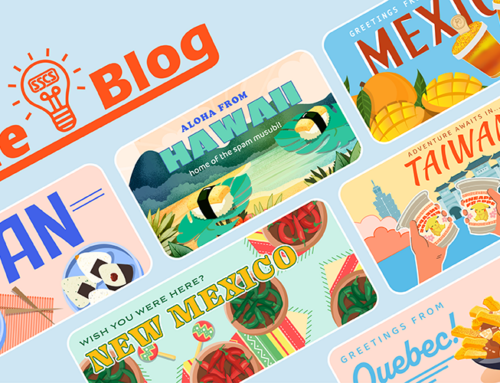
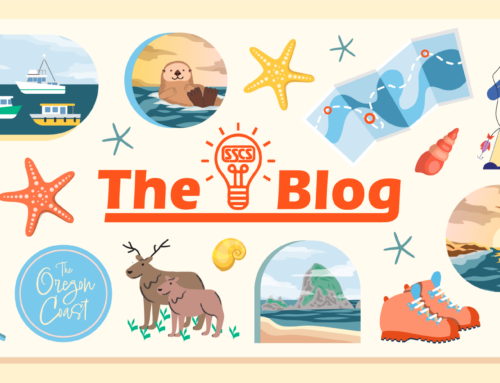


Leave A Comment